 Thomas Eakins' John Biglin in a Single Scull, 1874, is a masterpiece. Our rower is placed directly in the middle of the canvas, body and boat forming the triangle so common in classic portraiture. The horizon meets his concentrated brow, and his arm and oar echo the equilateral triangle of man and vessel with an isosceles. Beyond Eakins' formal mastery, his efforts to render reflections are borne out wonderfully in this piece, about which Robert Hughes states, "...the arrowing interweave of reflections below the boat, containing the colors of the varnished hull, Biglin's white singlet, his skin, and his red sweat-bandanna, seem to have the beauty of undeniable fact-a fact, however, which we cannot test for ourselves, but induced to take on trust." American Visions, pg. 291.
Thomas Eakins' John Biglin in a Single Scull, 1874, is a masterpiece. Our rower is placed directly in the middle of the canvas, body and boat forming the triangle so common in classic portraiture. The horizon meets his concentrated brow, and his arm and oar echo the equilateral triangle of man and vessel with an isosceles. Beyond Eakins' formal mastery, his efforts to render reflections are borne out wonderfully in this piece, about which Robert Hughes states, "...the arrowing interweave of reflections below the boat, containing the colors of the varnished hull, Biglin's white singlet, his skin, and his red sweat-bandanna, seem to have the beauty of undeniable fact-a fact, however, which we cannot test for ourselves, but induced to take on trust." American Visions, pg. 291.Beyond the esthetics of this artwork, its subject matter is rowing, as with cycling, an act of self-propulsion. How many other modes of conveyance are there in which you are engine as well as freight?
 Skating, perhaps, but only if you're in the Netherlands and it's wintertime and the canals actually freeze over, which they have not done in the last ten years in any appreciable way (right, The Skater (Portrait of William Grant), Gilbert Stuart, 1782). Rollerblading is nice, though not in the winter, where cross-country skiing is great (The usefulness of skiing is to be seen in the awesome Finnish decimation of platoon after platoon of Russian invaders during WWII). But cross-country skiing is limited to winter, which only works for half the year in certain snowy countries. And so we are left with the bicycle, useful all year round.
Skating, perhaps, but only if you're in the Netherlands and it's wintertime and the canals actually freeze over, which they have not done in the last ten years in any appreciable way (right, The Skater (Portrait of William Grant), Gilbert Stuart, 1782). Rollerblading is nice, though not in the winter, where cross-country skiing is great (The usefulness of skiing is to be seen in the awesome Finnish decimation of platoon after platoon of Russian invaders during WWII). But cross-country skiing is limited to winter, which only works for half the year in certain snowy countries. And so we are left with the bicycle, useful all year round. One can never feel any sense of accomplishment in an automobile; when you go fast in a car, you're just a slob depressing the gas pedal, but in a scull, on a bike or on skis or skates, it's all you. And of that, you can feel super duper proud indeed.


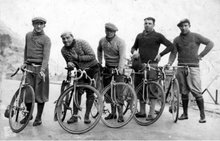















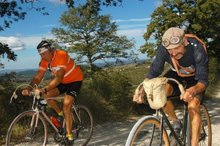














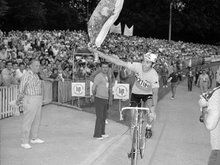
.jpg)


















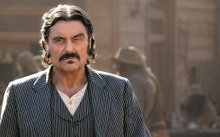
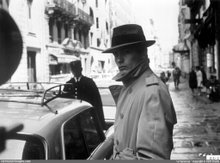


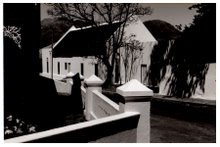

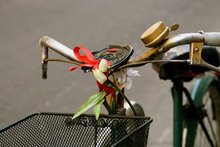



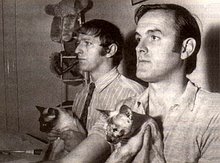
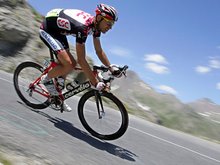
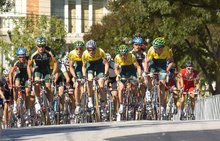
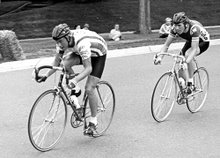
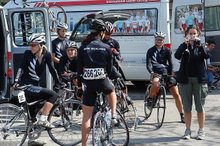
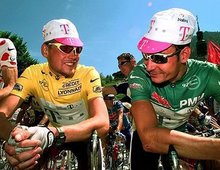




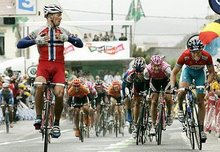
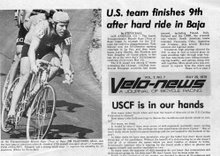
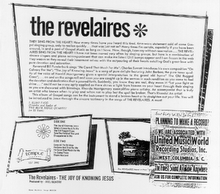




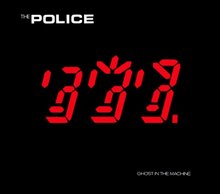


.jpg)
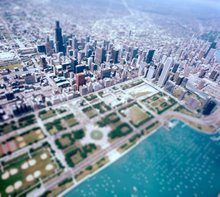
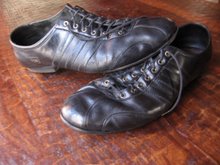



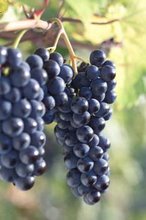
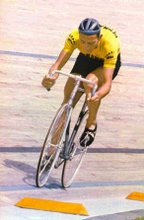
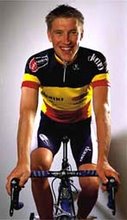



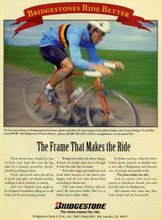


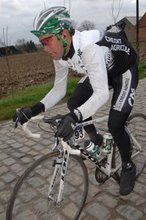
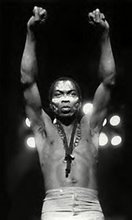
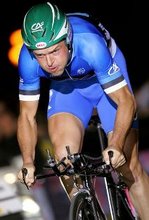



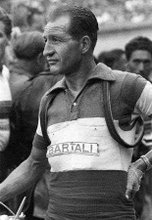
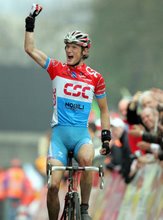

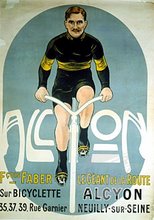




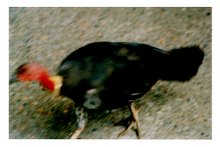


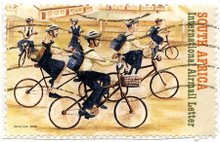












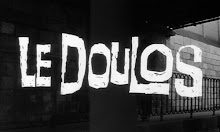






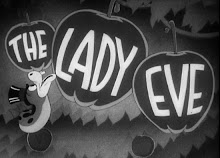




































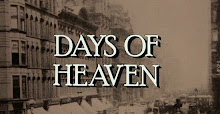


.jpg)




.jpg)








No comments:
Post a Comment